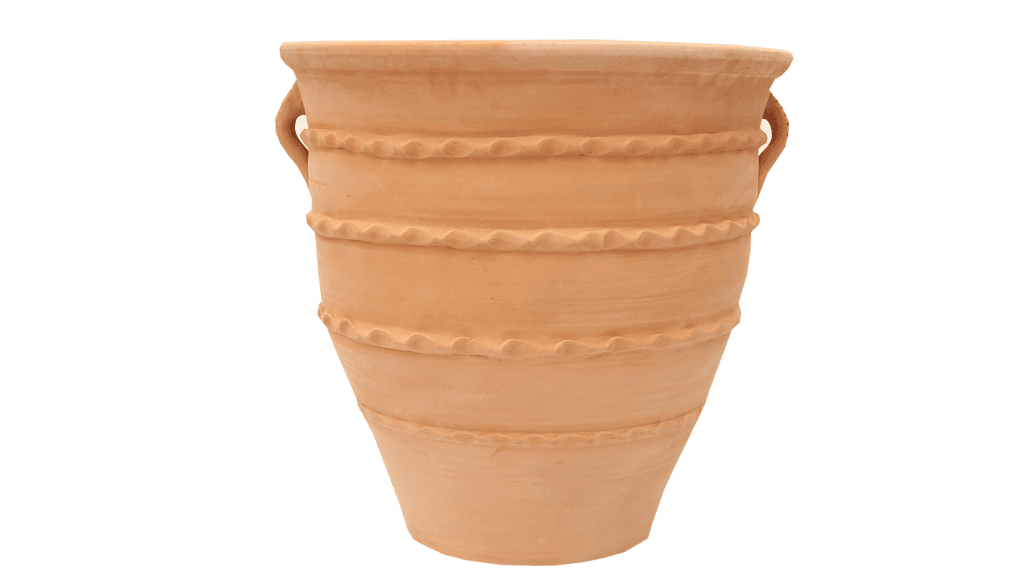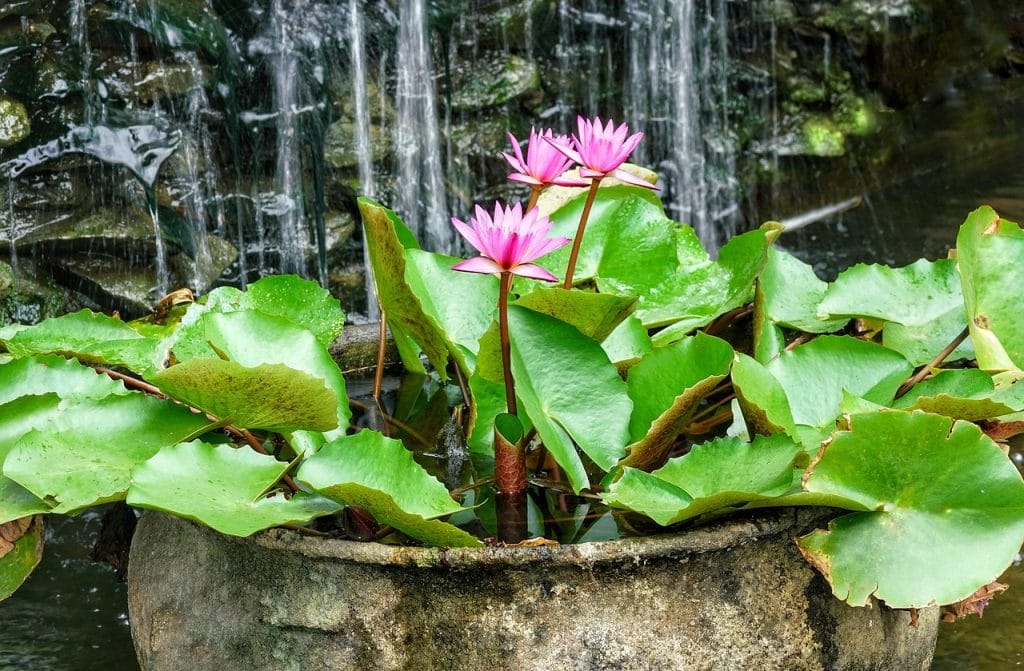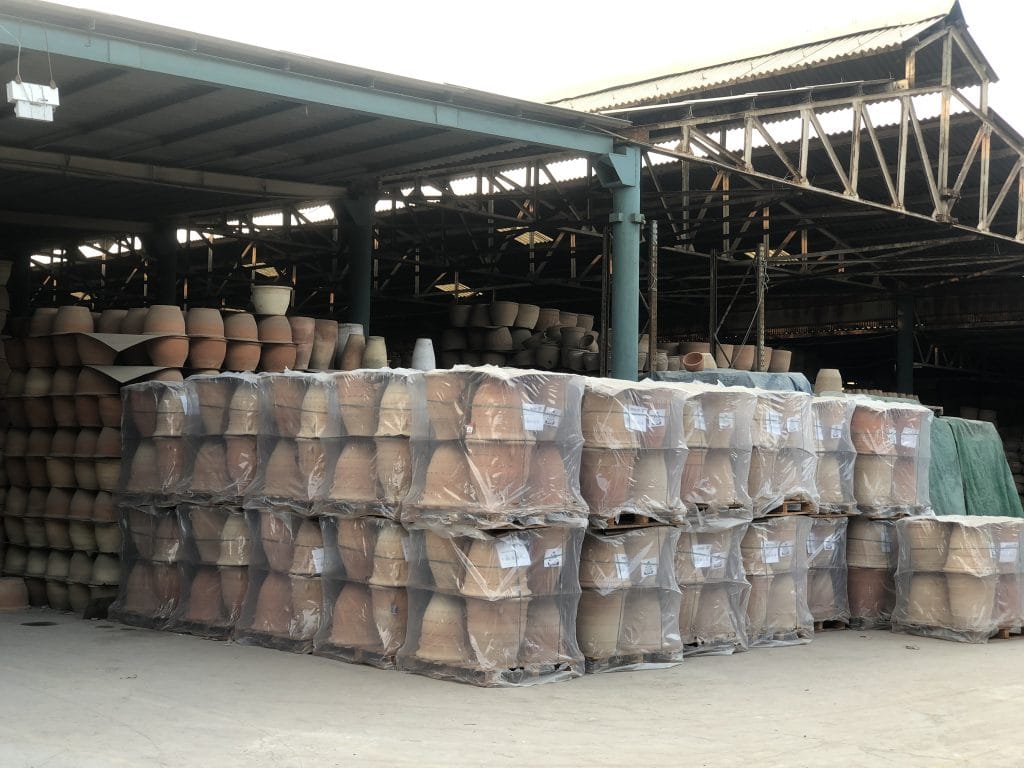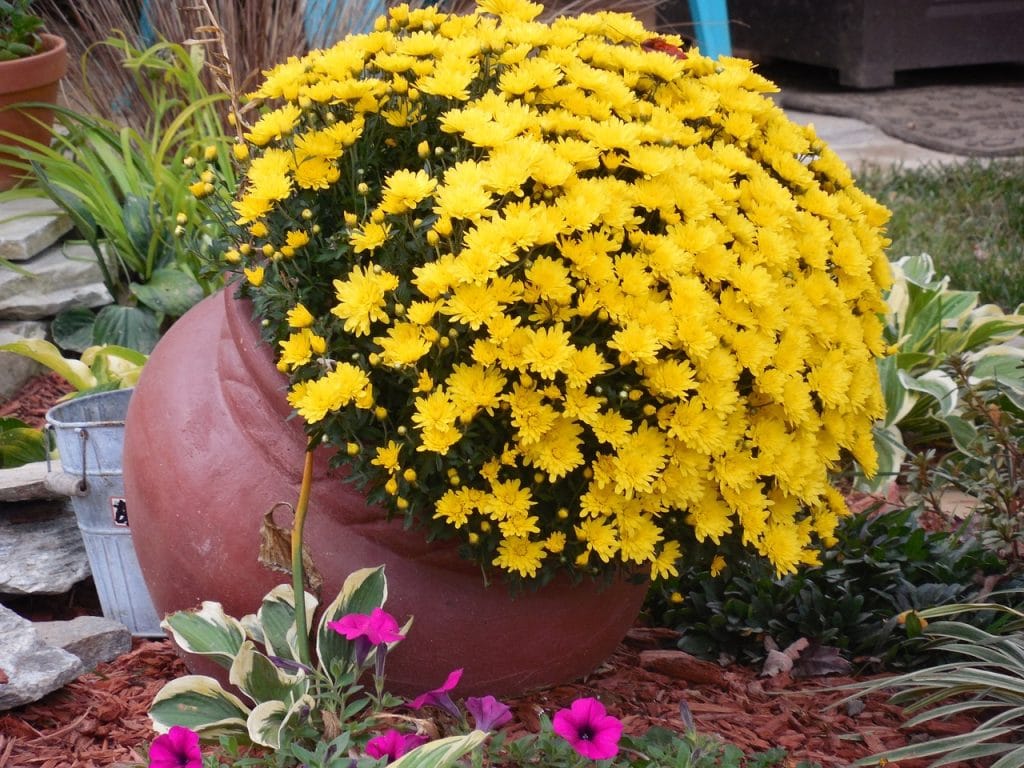
Clay plant pots are a popular choice for gardeners and plant enthusiasts due to their natural appearance and durability. However, there are a few key considerations to keep in mind when using clay flower pots to ensure that your plants thrive.
Do:
- Choose the right size pot for your plant. It’s important to select a pot that is appropriately sized for the plant you are growing. If the pot is too small, the plant may become root bound and struggle to grow. On the other hand, if the pot is too large, excess soil may retain moisture for too long, leading to root rot.
- Use a potting mix specifically formulated for clay pots. Clay planters have a tendency to dry out faster than other types of pots, so it’s important to use a potting mix that is designed to retain moisture. Look for a mix that contains ingredients such as peat moss and perlite, which help to retain moisture and improve drainage.
- Water your plants regularly. Clay pots have a porous surface, which means that they can lose moisture quickly. Make sure to water your plants regularly, paying attention to the specific watering needs of the plant you are growing. As a general rule, you should water your plants until the soil is evenly moist but not soggy.
- Use a saucer or tray to catch excess water. Since clay pots are porous, they can crack if they are exposed to rapid temperature changes or if they are left in standing water. To prevent this, use a saucer or tray to catch any excess water that drains out of the pot. This will also help to prevent the soil from becoming oversaturated.
- Repot your plants as needed. If you notice that your plant is becoming root bound or is outgrowing its pot, it may be time to repot it into a larger container. Choose a pot that is one or two sizes larger than the current planter, and make sure to use a fresh potting mix.
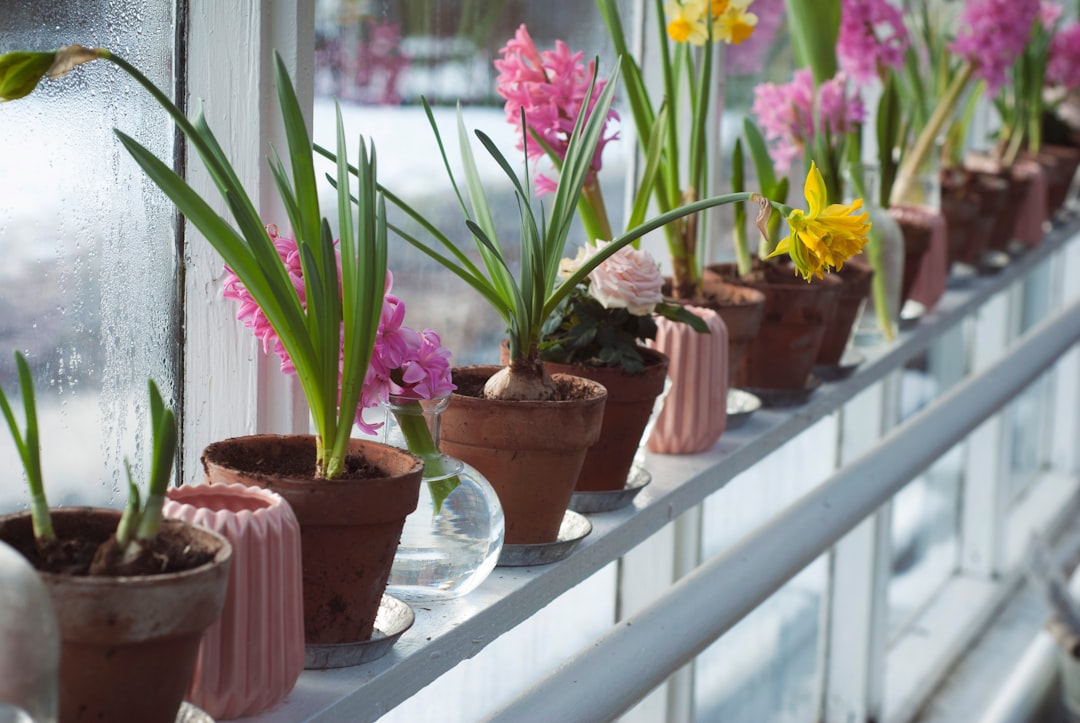
Don’t:
- Don’t place your clay planters in direct sunlight. They can get very hot when exposed to direct sunlight, which can cause the soil to dry out too quickly and damage the roots of your plants. Instead, choose a location that receives indirect or dappled sunlight.
- Don’t let your clay flower planters dry out completely. They are prone to drying out faster than other types of planters, so it’s important to monitor the moisture level of the soil and water your plants regularly. If the soil becomes too dry, it can be difficult to rewet it, which can stress or even kill your plants.
- Don’t over-water your plants. While it’s important to keep the soil moist, it’s also crucial to avoid overwatering your plants. Overwatering can lead to root rot and other issues, so make sure to allow the soil to dry out slightly between waterings.
- Don’t use a potting mix that is too heavy or dense. Clay planters have a tendency to dry out faster than other types of storages, so it’s important to use a potting mix that is lightweight and well-draining. Avoid using a mix that is too heavy or dense, as this can lead to issues with moisture retention and drainage.
- Don’t use clay pots for plants that require frequent fertilizing. Clay pots can be more challenging to fertilize than other types of pots, as the porous surface of the clay can cause the nutrients to leach out more quickly. If you need to fertilise your plants frequently, consider covering the drainage hole.
In conclusion, clay pots can be a great choice for gardeners and plant enthusiasts, as long as they are used properly. By following the do’s and don’ts outlined above, you can ensure that your plants thrive in them and bring a touch of natural beauty to your space.
